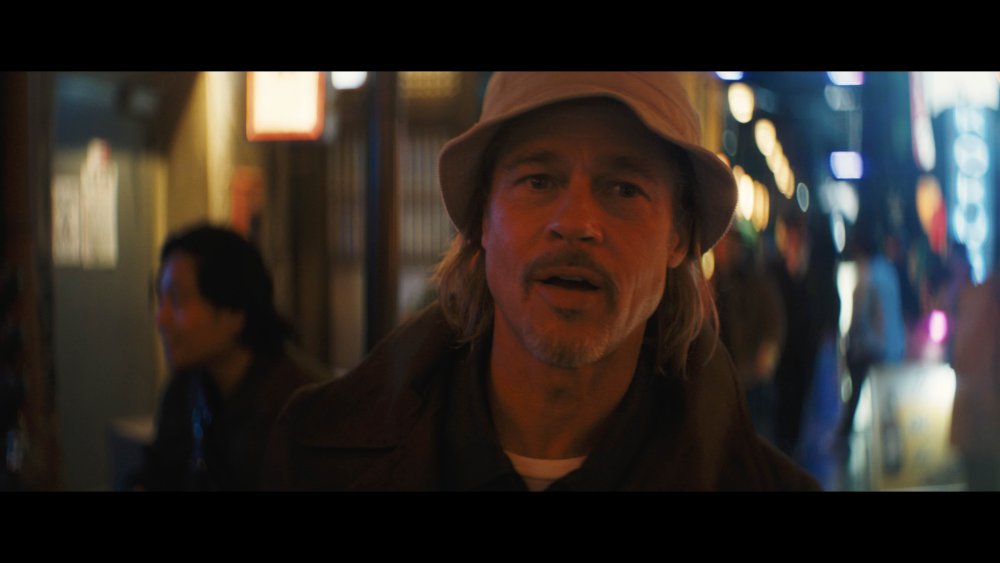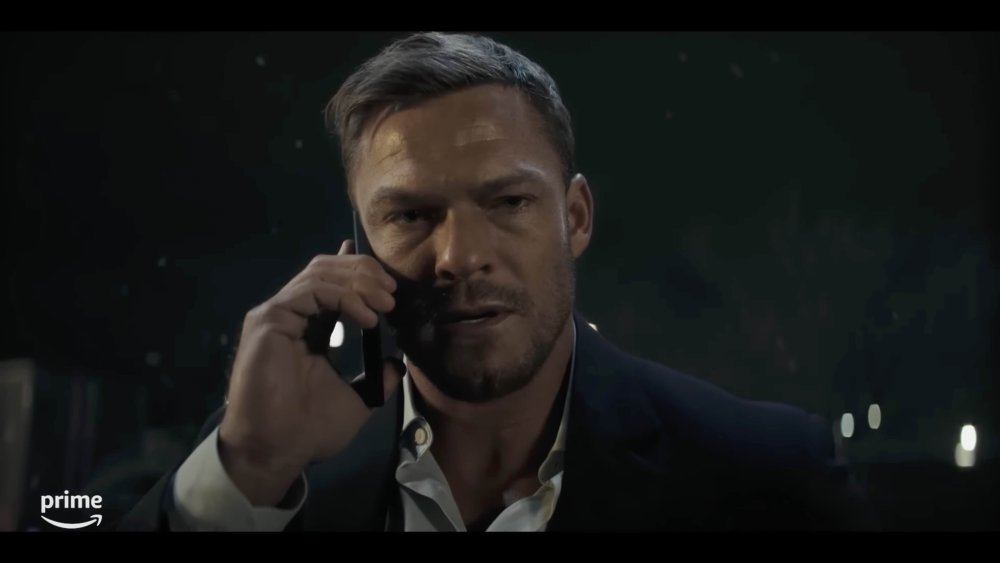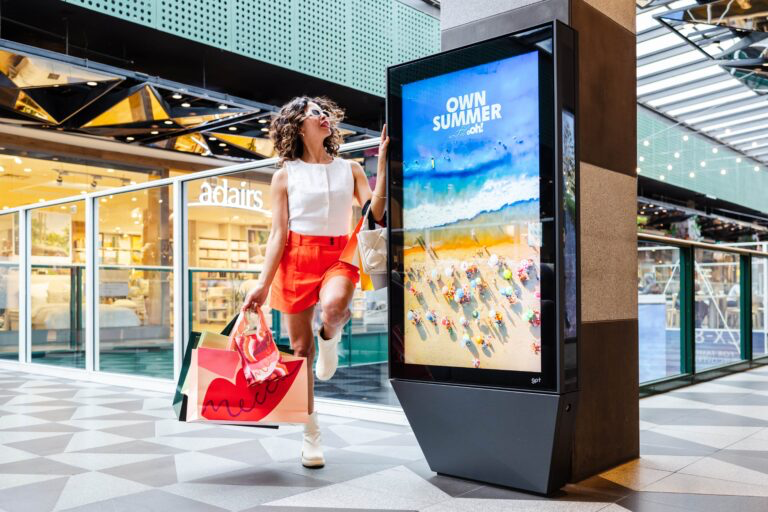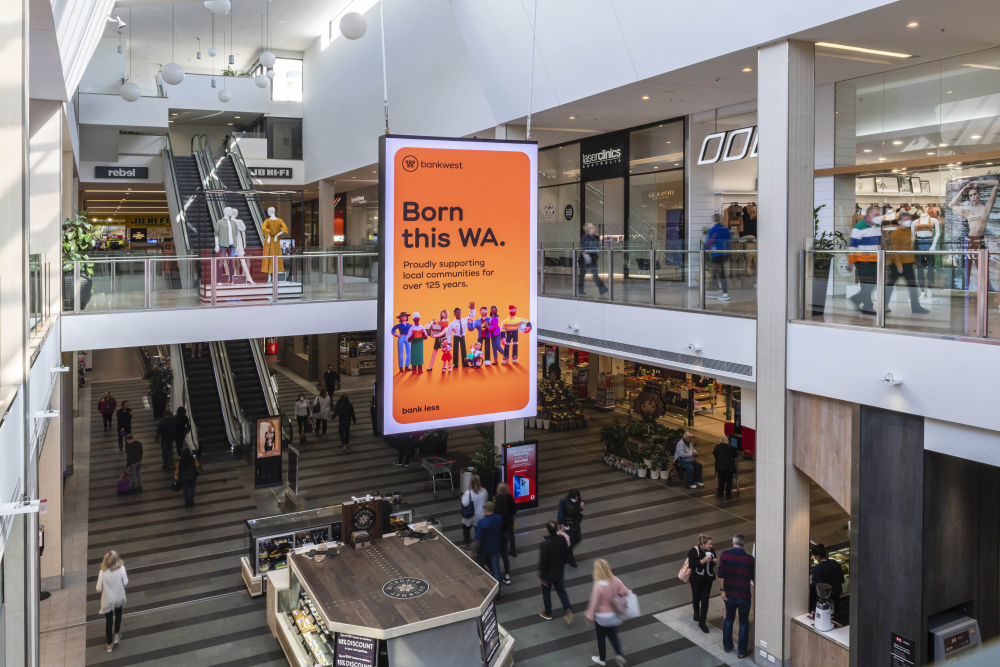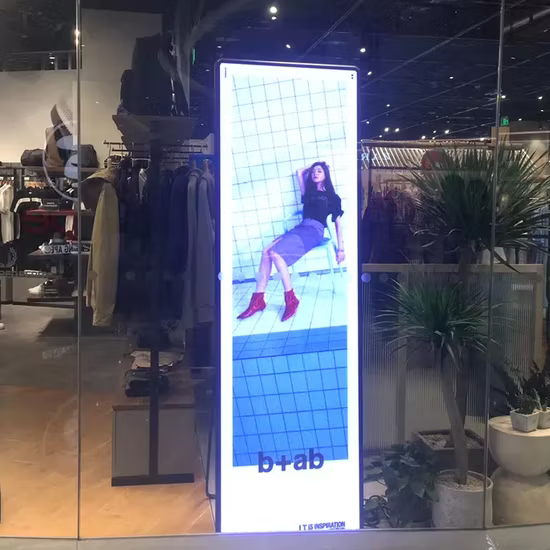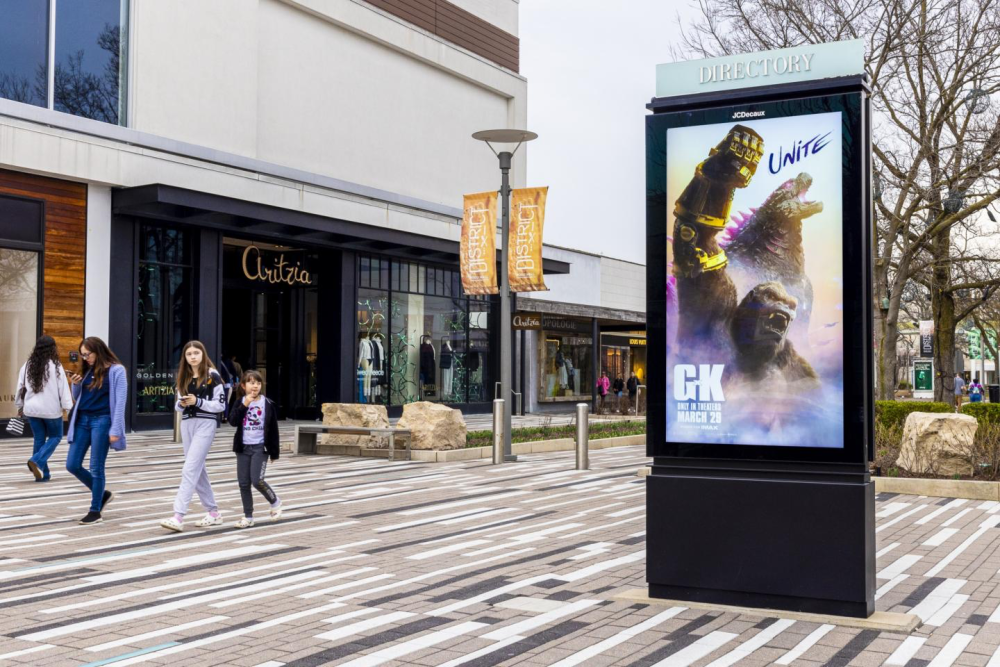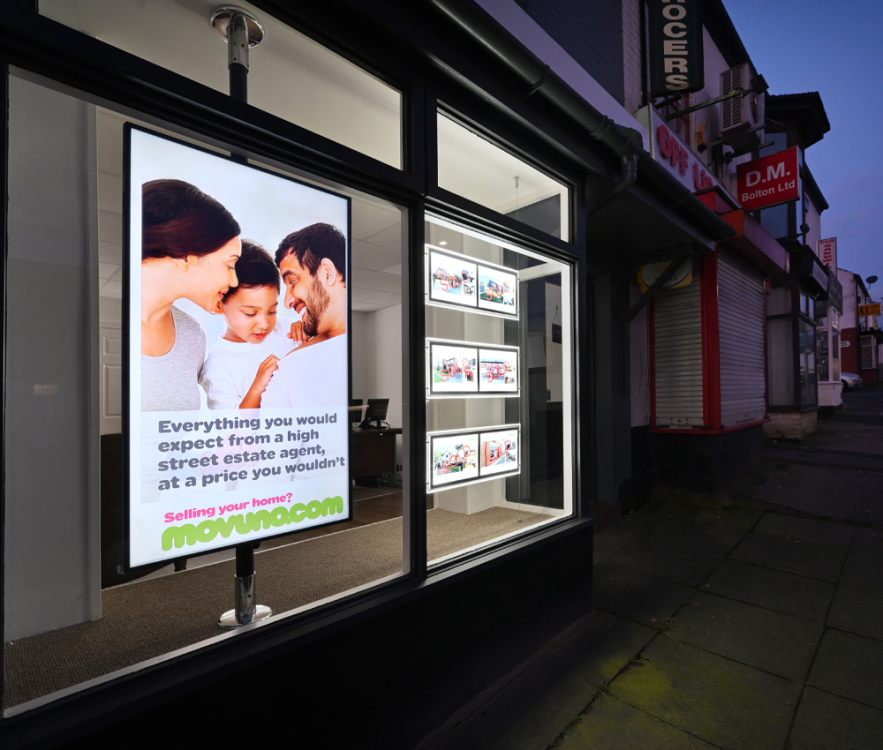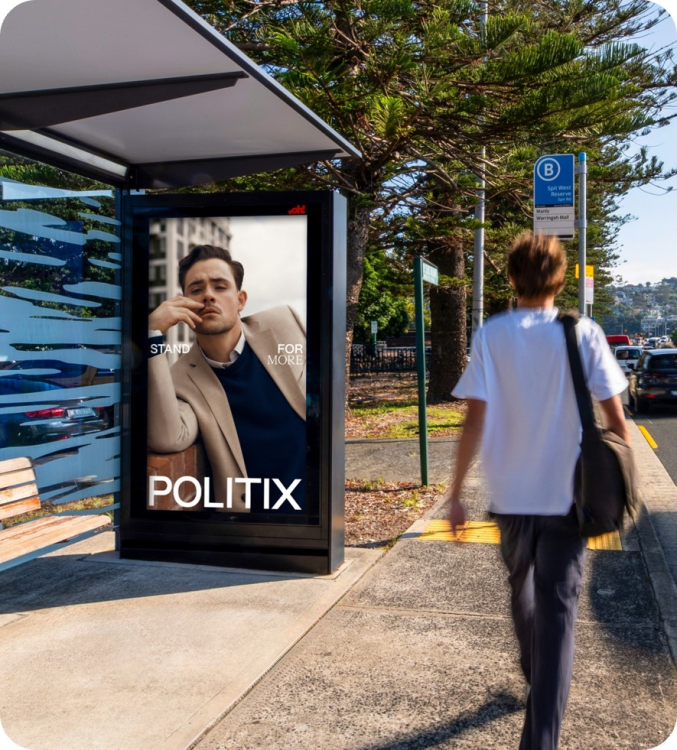-
Posts
8,015 -
Joined
-
Last visited
Content Type
Profiles
Forums
Articles
Everything posted by kye
-
Adapters used to be a big deal... with camcorders there were wide-angle adapters. Then for smaller sensors there were speed boosters to try and get shallower DOF and make more use of vintage photo lenses. Anamorphic adapters were always an option / confusing dream. Then "everyone" went FF to get that shallow DOF, and Chinese manufacturing started giving us good quality affordable fast primes and now there seems to be an avalanche of anamorphic lenses (with recent additions including anamorphic zooms, and some even have AF now!). Why are they "back"? Not only can adapters take MFT cameras to beyond FF, or take S35 to FF and beyond, but they can also take FF to Medium Format and beyond as well. The key to this is the emergence of high-quality single-focus anamorphic front adapters, and especially combining them with the new anamorphic glass or with speed boosters or with super-fast native lenses. I realised this when I shot with the GH7 + Voigtlander 42.5mm F0.95 + Sirui 1.25x combination and realised it's the horizontal FF equivalent of a 68mm F1.5. That's not impossible in FF terms, as there are 75mm F1.4 lenses and 85mm F1.2 lenses available, but this was only with the Sirui 1.25x adapter. There are 1.33x, 1.35x, 1.5x, 1.7x, and even 1.8x front adapters available. There is even a PL-to-PL 1.33x rear anamorphic adapter available. Combining the 1.33x PL-to-PL rear adapter with the 1.8x front adapter would be a 2.4x adapter. Not a lot of anamorphic glass over 2x! The combinations are practically endless, and compatibility will definitely be an issue with some combinations, but the thing about adapters is they multiply your lens collection..... If you buy an extra lens then you have an extra lens but if you buy an adapter you multiply your whole lens collection by a factor somewhere between 1-2x, depending on compatibility. Here are couple of worked examples. Just to get the juices going, and as a completely manufacturer supported Full Frame option, Sirui has the Venus anamorphic set, which are 1.6x anamorphics with T2.9 aperture from 35mm to 135mm, with the 1.6x giving them a horizontal crop factor of 0.625, so they're the horizontal equivalent of 22mm to 84mm T1.8 lenses. Add the Sirui 1.25x anamorphic adapter, which is officially part of the set, and they become 2x anamorphics horizontally equivalent to 17.5mm to 68mm T1.45 lenses. This isn't completely beyond normal spherical FF glass, but it's an adapter that can be used across a range of lenses and quickly change the crop-factor of these and many other lenses. Let's go bigger.. Rokinon / Samyang have a 1.7x front anamorphic adapter specifically designed for their Cine V-AF line, which includes 35mm to 100mm T1.9 Full Frame lenses (and a 24mm T1.9 APSC lens) but with the adapter they'll be 21mm to 59mm T1.1. Once again, these aren't impossible to find in spherical versions, but we're getting into more rarified territory. Also remember you now have two lens sets, not one lens set with an extra lens. Would the 1.7x adapter work on other lenses? Not easily - it seems to have a strange proprietary mount to attach to the lenses, which have a 58mm front thread diameter. The Sirui 1.25x adapter is huge and has an 82mm rear thread diameter, so would work on lots more lenses. The Blazar Nero 1.5x has a smaller 52mm rear thread diameter, and the SLR Magic Anamorphot-40 1.33x has an even smaller 40mm rear thread. However, the SLR Magic Anamorphot-65 1.33x has a 82mm rear thread and the Anamorphot-50 1.33x has a 62mm rear thread. I think the BLAZAR LENS 1.35x has a 77 rear thread (not sure), and the Venus Optics 1.33x definitely has a 77mm rear thread. But, if you have the funds and really want coverage, then the Letus35 AnamorphX-PRO series (1.33x and 1.8x) seem to clamp to the outside of 114mm lenses. Of course, they're USD2500 and up! Let's go faster... The Sirui 1.25x adapter claims it's T2.8, but on my MFT 42.5mm F0.95 lens it didn't soften the lens even when shot at F0.95. Maybe it wouldn't be so good if paired with a lens faster than F2.8 on a FF sensor - not sure. If you took an 85mm F1.4 and attached the Sirui 1.25x adapter you'd get a 68mm T1.12 - and an 85mm F1.2 would become an 85mm F0.96! But take the 85mm F1.2 and attach the Anamorphot-65 1.33x instead and now we're down to 68mm F0.90!! My impression was that the FF 50mm F0.95 lenses were pretty mushy at F0.95, but with a 1.33x attached they'd be 38mm F0.71 (and probably like a drug-fuelled haze). You could find out what an F0.71 lens looks like for only USD800 - completely doable if you're crazy enough. If we ignore the compatibility issues, and zoom out, then here's how I think of it - front anamorphic adapters are horizontal speed-boosters you mount to the front of the lens. 1.25x is a 0.8x horizontal speedbooster 1.33x is a 0.75x horizontal speedbooster 1.5x is a 0.67x horizontal speedbooster 1.7x is a 0.59x horizontal speedbooster 1.8x is a 0.56x horizontal speedbooster On FF, you can take a lens and use an adapter to boost your lenses from FF to Medium Format and beyond. The Alexa 65 has a crop factor of 0.67 - which is within reach of these adapters. On S35, you can use an 1.5x anamorphic adapter to get you to FF, but you can combine that 1.5x with a 0.71 speed booster to boost non-mirrorless glass to a crop-factor of 0.71, which is about 6% smaller than the Alexa 65! On MFT, you can use the 1.33x adapter to get you to S35, or combine a 0.71x speed booster with the 1.5x adapter to get you to 0.95 - just bigger than FF! BUT maybe you can push harder than that. No idea! Any discussion that puts S35 closer to the Alexa 65 than FF, or MFT larger than FF would have been unthinkable even a few years ago. Are there caveats? Sure. Compatibility for one thing. The stronger squeeze-factor adapters likely have limits with how fast you can push the aperture and perhaps on sensor size too. I suspect that my Sirui 1.25x T2.8 adapter might only be sharp with my F0.95 lenses wide open because they're MFT lenses on an MFT sensor. I could be wrong though. The smaller rear diameter of some of the other options might cause vignetting on larger sensors, and maybe softer corners at larger apertures. But lens sharpness and shallow DOF are only useful to impress paying customers and for bragging to your friends, and that's not what anamorphic is really for.. so if you're willing to stop acting like you live in a hospital, these things can open up a whole new world.
-
These knock-off cameras seem a bit extra to me.
-
Good choice. I think that film-making is about compromises and the more you understand what you're trying to achieve then the more specific you can be with your equipment selection. The "I'll being everything just in case" shooter does so because they don't know what they want and therefore can't make any decisions. The more I shoot the more I understand what I want, how I work, what challenges I face, and what is available, and the clearer I get on what equipment I should use and why. It's sort of incredible that even with todays offerings of 8K video and 240p slow-motion and 14+ stops of DR and RAW and all the lenses available, even if you had infinite money, infinite strength to carry and operate heavy equipment, there are still serious compromises that have to be made. The does-everything camera is still a wild fantasy, even for gym bros in the billionaire class.
-
Welcome back! Can you tell me your name? Where are we? What year is it? Good, good... You've been in a DOF-induced coma for the last 7 years. We'll contact your families and let them know you've woken up - they'll be very happy to see you!
-
It's sad to hear this - the S9 seems to suffer with the same cost-cutting mechanisms of all smaller cameras. It's funny how consumer electronics mostly tend to charge a premium for smaller devices and yet when it comes to cameras the industry seems to regard small as being cheap and large as being professional.
-
This is the core challenge of film-making - compromises and trade-offs. Absolutely, open gate without dropping quality means many trade-offs.... more rolling-shutter, more processing demands in-camera, greater heat generated in-camera, more power requirements and therefore shorter battery life or larger batteries required, great write-speed requirements for the media and larger capacity media, more processing power to edit, greater hard drive capacity, etc etc etc. His choice to use the Ronin 4D would have been like any other choice in film-making - a tradeoff of various factors to try and optimise the outcome (video quality, customer satisfaction, profit on the job, or some other factor) but if I had to guess it might have been that the 4D has excellent stabilisation including a fourth axis, which would have been important if the operator was walking/running rather than having the shot on rails or using something that rolls (considering the shot was a horizontal move with parallax on what looked like a longer lens). So this situation ends up potentially being a trade-off between DOF, sharpness, size of area required for a shoot, and stabilisation (fourth-axis stabiliser / slider / rails / dolly / etc and the associated setup and teardown times, etc). The value of open gate is that it removes the requirement to trade some of these things off against each other. The key question being debated though, is choice. No-one is suggesting that everyone be forced to record in open-gate modes. Yet the people who are arguing against it are saying that it shouldn't be in cameras and therefore no-one should have the option to use it.
-
I've been procrastinating and thinking about bokeh shapes, and have now realised that there are a range of bokeh shapes seen from time to time in various shows. Very bubble (not my favourite) Oval with top and bottom chopped off pretty severely Not sure if this is all the same lens, but all from the same episode - there's a variety of shapes.. Slightly chopped oval Very stretched and so little curvature they're almost rectangles and then whatever on earth this shape is Quite chopped off tops/bottoms but not quite vertical Thinking about it more, I went back to why I started being interested in anamorphic bokeh to begin with and I think it's the fact it doesn't match how our vision works, so it looks surreal. So while I don't like distracting bokeh, once the bokeh isn't round then it can be whatever shape you want it to be. Anamorphics just happened to have it stretched vertically, which I think is probably one of the most pleasing non-circular varieties, but it isn't the only option, and the more rectangular it is the more stretched it will appear, so I'm thinking I might aim for something that looks like a slightly rounded vertical rectangle. The other thing I have been contemplating is if I could make an insert that didn't have hard edges, but had graduated edges. The only way I could think of doing that is to get some sort of semi-translucent sheet material and cut it at an angle so the edges had a slightly translucent transition to being completely opaque, but I am not aware of such a material.
-
I also posted Cam Mackeys video earlier in the thread, which shows vertical TVs showing video at 2m07s (linked to timestamp): Also at 3m55s he shows an ad for Dior that is vertical video too. I don't know the delivery resolution was and I don't think he mentioned it in the video (unless I missed it?) but he does mention the value of having extra resolution to provide sharper images to the client, so it's obviously a consideration for him and his business.
-
The vertical resolution of deliverables is only part of the equation. As I mentioned earlier in the thread, another consideration is FOV and DOF. It's actually a crop-factor problem. Just as it's harder to get shallow DOF on smaller sensors, a FF sensor that shoots 16:9 only has a vertical crop factor of 1.185 compared to the same sensor shooting in 3:2. Also, sometimes there isn't room to just back up:
-
I'm pretty sure that in 1927, as photography became more accessible, all the great scientific and mathematical minds of the time converged in Paris and after a fortnight of rigorous collaboration they proved mathematically that one can, in fact, never have too many cameras.
-
I don't really know what to say.... The post I was replying to said they hadn't seen 9:16 displays in public so I shared some images. The fact you haven't experienced the need to deliver 4K 9:16 videos doesn't mean other people haven't. Why is everyone so interested in being an expert about what people they've never met are required to deliver for companies they've never heard of in other countries they've never visited?
-
In my latest review of my gear, I started taking note of things I want to use but haven't found a use for. Certain things have an X-factor and in creative endeavours it's useful to listen to that voice. Equipment can be inspirational sometimes.
-
I suspect that most people will have different "categories" depending on what they're doing, but I absolutely like the thinking behind this. The more we can make sense of what we do and how we do it, the more clarity we can get and the faster we can get a kit that works and then focus on using it. As I only shoot personal projects, I don't need a work camera, so my main category is my run-n-gun travel camera, the GH7, which is used exclusively hand-held. For daytime use it's the GH7 with 14-140mm zoom, which has incredible stabilisation, and the zoom lens means I can capture almost anything I can see. It also has an integrated fan, great image quality, strong codecs, etc. For night use I can use the GH7 with 12-35mm F2.8 and get great neutral images. For funky night cinema I can pair it with fast primes like the Voigtlander 17.5mm F0.95 or Speedbooster with Takumar 50mm F1.4. The second camera is (of course) my phone, which I recently upgraded to the iPhone 17 Pro from the 12 Mini. The combination of Apple Log, internal Prores HQ, and the 0.5x / 1x / 2x / 4x / 8x cameras makes it incredible for travel. I'm waiting for a good vND solution to come out. Apart from the low-light, it's basically an all-in-one solution now. Some time ago smartphones replaced my waterproof camera category which was previously GoPro / Sony X3000 action cameras. I used to have a fourth "category" which was a backup camera and used for time-lapses, but now the iPhone is good enough in the unlikely event of something happening to the GH7 and I don't really shoot time-lapses anymore so I don't really need one, but I still have an "itch" for something else. Random thoughts: It could be something very retro, like something with poor video quality that was nostalgic in some way, and graded to look either digital or analog electronic or film My OG BMPCC and BMMCC and GF3 all come to mind for this. It could be something very stylised / attitude like being super fisheye or 360 or something It could be something very niche in how you'd use it, like it could be mounted on something for a unique perspective, or could be on a pole for strange perspectives.. or even something like an action camera that you wear on your wrist and take a 10s clip every 15 minutes, or pocketable camera that you record a clip with every so often. The whole point would be a tool that would make me use it differently to how I normally use / think about shooting, and therefore be a fun and creative addition.
-
They're everywhere, and are often just normal TVs rotated 90 degrees In shopping malls Some are pretty big Some are pretty tall too, presumably for narrower spaces Outdoors Bus stops In shop windows etc.
-
The iPhone 17 Pro selfie camera has a square sensor, and when using the default camera app there's a button that swaps between it recording a 9:16 video and a 16:9 video. I don't know if you'd rate it as a "real" camera or not though!
-
I referenced a video previously from Cam Mackey, which explains it (with real examples and a bit of drama too of course). Based on the video and also from some chats I've had with a friend who runs his own studio specialising in commercial work, the main points are: If you're shooting on location for a brand, there are often lots of things in the background you want to blur out (other brand logos, construction, etc) and backing up or going to a wider lens means the background comes more into focus, which means you need a wider or faster lens to get the same background defocus, potentially meaning you have to sacrifice optical quality (which commercial clients don't like), hire/buy expensive lenses, and potentially have to deal with much heavier setups (bad if you're using them on a gimbal/rails/etc) Vertical deliverables will often need extra vertical space for logos and text to be added, so for commercial clients you need to deliver more height than you normally would include for horizontal video so the images aren't used in the same way In physical shops, you'll often see TVs mounted vertically showing ads, and you can walk right up to them, so if you're cropping into a 16:9 and then that client is viewing the end result on a vertically mounted 4K TV that is almost as tall as an adult, you want your images to have as much resolution / sharpness as you can get because the last thing you want is your client saying "why are our ads all fuzzy compared to our competitors? how much did we spend on this campaign?" You often don't have space to back up, especially considering that lots of corporate and brand content will be shot on location, and corporate especially is often shot in tiny conference rooms etc where you want as much space as possible to pull the subject away from the background for some separation (blur) and also to make lighting easier so there's less spill on the background 90% of clients are expecting both horizontal and vertical deliverables. The divide in this debate is between people shooting for themselves who don't deliver vertically, and people shooting for brands who have to. It's easy to think the only people shooting vertically are influencers but for professionals it's the brands driving the demand (or really it's the people sitting on the train holding their phones vertically and scrolling). If you do back up, your horizontal FOV is now going to include more at the very left/right edges of frame, so either you have to crop the landscape deliverables or you need to make sure the extra FOV is visually suitable for including in the frame.
-
Don't forget that there is a silent army of people who are making work for clients. I am in a number of private groups with professionals (shooting corporate, advertising/PR, etc) and things like open gate are absolutely critical for those amongst them doing commercial work. I thought that Cams video on open gate was actually really good and explained it well. Basically every camera argument is people saying "I definitely need the things I use, and no-one needs the things I don't use".
-
Absolutely. I am a huge proponent of doing tests. Pick a lens and go out and shoot with it for a day, edit, grade, and export it, then watch it over and over again for a week or so and see how it makes you feel. Do it again. Do it with a different camera. Do it with a different technique. Pick a sequence of 5 shots and then shoot that sequence with several lenses, edit the sequences together and then compare them. Shoot a latitude test (the same shot but with each at a different exposure) and then work out how to grade them in post to match the shots. This will check if you have your colour management setup correctly, and will also show you the limits of your camera. Take a series of shots and lower the saturation on all of them, and duplicate the shots many times in a timeline. Then test every method you can find to raise the saturation again, label and export them. Over a week or so look at them, compare them, see how each makes the footage feel, makes you feel. Take the same series of shots as above, but try every LUT, try every method to add contrast, every way to apply a tint, every way to change WB, every way to add a split tone, every way to sharpen, every way to soften, every way to grade. Test every look.. film emulation, VHS emulation, etc. Test every resolution. Every way to add grain. Every way to reduce noise. Every aspect ratio. The goal is to learn how to see.
-
This is one of the 485 reasons why I look at all the latest FF cameras and just shrug then go back to my MFT cameras. Life without camera GAS is a very different experience..
-
Lighting is critical - without it the files are just blackness. The debate about artificial vs natural light is a large and complex one, but the fundamental is that you must learn to understand light and its various qualities. Soft vs hard, directional vs flat, etc. Especially what it does to the human face, assuming your work includes people. Perhaps a good exercise is to practice shooting light rather than shooting the physical objects that it hits. Take your phone and go out and just shoot as many different types of light you can. Do half-a-dozen photo walks with this as the only subject and you'll leapfrog the majority of photographers.
-
Looks like you can just change the URL of the map camera link to get previous months.. https://news.mapcamera.com/maptimes/2025年10月-新品・中古デジタルカメラ人気ランキング/ https://news.mapcamera.com/maptimes/2025年9月-新品・中古デジタルカメラ人気ランキング/ etc.
-

Benro are coming out with drop-in e-ND (electronic ND filter kit)
kye replied to Andrew - EOSHD's topic in Cameras
I had the vague impression that LCD panels had some element of polarisation to them, but maybe that's not true. However, even if it was true, the fact you haven't noticed any probably means the polarisation isn't changing direction as the strength varies. I do a lot of tests where I match different shots in post, things like latitude tests etc, and if I use a vND to control exposure then I'll end up with two shots where the subject is the same WB/exp but the sky or the level of reflections in water/glass will be completely different, which ends up being the polarisation from the rotating element of the vND being a different angle between the two shots. -

Benro are coming out with drop-in e-ND (electronic ND filter kit)
kye replied to Andrew - EOSHD's topic in Cameras
Interesting product. I couldn't see from the images how it is powered, but it looks like maybe it has a USB-C port on top, so maybe it's rechargeable that way. I always assumed that such a thing would sit between the camera and lens (like those adapters with drop-in filters) and could be powered by the mount, but obviously this couldn't do that. If we assume its total range is ND3-64 then that makes it ~1.5-6 stops. Not a bad range - I use a 1-5 stop vND when out and about and find it has enough range for most run-n-gun conditions. I gather e-ND filters are much better than vNDs with colour accuracy and not messing with the image too much (e.g. with polarisation etc)? -

A very good YouTube channel by British Photographer Harry Borden
kye replied to Andrew - EOSHD's topic in Cameras
Same, started watching a few months ago. -
A primer on the fundamentals might be useful as a refresher too...





